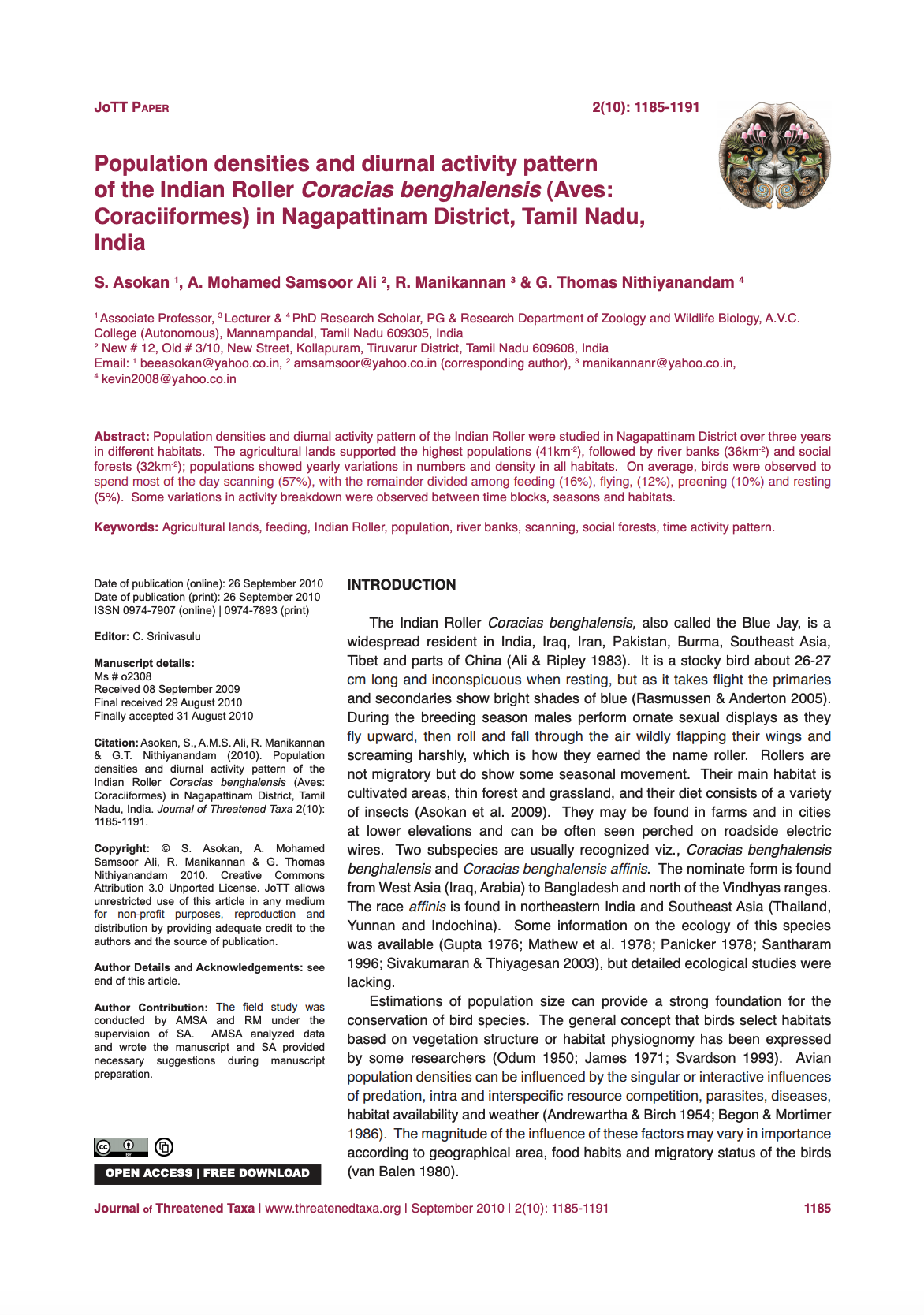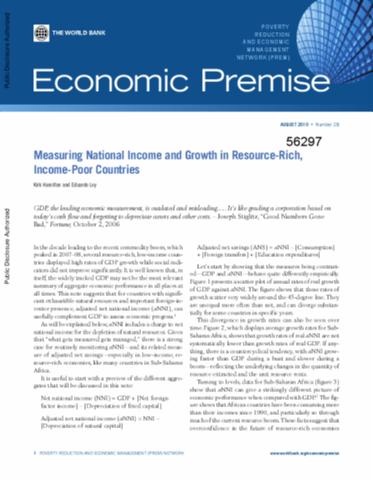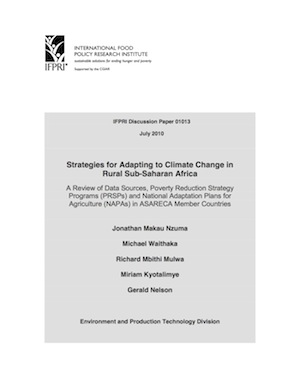Costa Rica: efectos del cambio climático sobre la agricultura
En este informe se estudian los efectos del cambio climático en los próximos años y hasta 2100 sobre el sector agropecuario de Costa Rica en su conjunto El estudio incluye los subsectores pecuario, agrícola y algunos de los cultivos más importantes para el país. Al alterarse el clima y con ello la producción podría darse una reconfiguración en los cultivos y de esta forma en la intensidad con que se utilicen los suelos, por ello en este trabajo también se analizan los posibles efectos sobre el valor de la tierra.










